Introduction
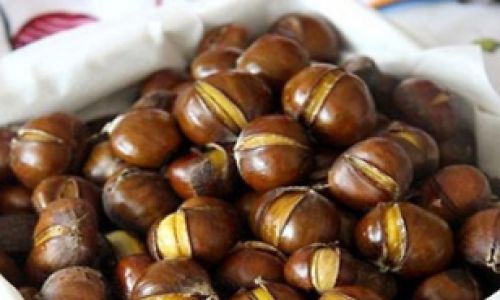
Fresh raw chestnuts, known scientifically as Castanea sativa, are a delightful and nutritious treat enjoyed worldwide, particularly during the autumn and winter seasons. Their sweet, earthy flavor and creamy texture make them a versatile ingredient in various culinary dishes, from roasted snacks to sweet desserts. However, preserving these delicate nuts can be challenging due to their perishable nature. Improper storage can lead to mold, rot, or loss of flavor and texture. This comprehensive guide aims to provide practical advice on how to store fresh raw chestnuts effectively, ensuring they retain their freshness, flavor, and nutritional value for as long as possible.
Understanding Fresh Raw Chestnuts
Before diving into storage techniques, it’s crucial to understand the basic characteristics of fresh raw chestnuts. These nuts are enclosed in a prickly, greenish-brown outer husk that protects the edible kernel. Once harvested, chestnuts should be processed promptly to prevent spoilage. Fresh chestnuts contain a high moisture content, which makes them susceptible to microbial growth if not stored correctly.
Harvesting and Initial Processing
-
Timing is Key: Harvest chestnuts when the husks have turned a dull greenish-brown and begin to split open naturally, indicating maturity. This usually occurs in late autumn.
-
Removing the Husk: Carefully remove the husk using gloves to protect your hands from the prickly surface. A knife or nutcracker can be helpful, but be cautious not to damage the kernel.
-
Sorting and Cleaning: Sort through the chestnuts, discarding any that are cracked, moldy, or insect-infested. Rinse the clean nuts under cold running water to remove any remaining dirt or debris.
-
Drying: Pat the chestnuts dry with a clean towel or let them air-dry naturally. Excess moisture can promote mold growth.
Storage Methods for Fresh Raw Chestnuts
Several methods can be employed to preserve fresh raw chestnuts, each with its own set of advantages and disadvantages. The choice of method often depends on how long you intend to store the nuts and your access to specific storage conditions.
Refrigeration
Refrigeration is one of the simplest and most effective ways to extend the shelf life of fresh raw chestnuts.
-
Preparation: Place the dried chestnuts in an airtight container or resealable plastic bag. Ensure there is no excess moisture inside the container.
-
Storage Conditions: Store the container in the refrigerator’s crisper drawer, where humidity is controlled and temperatures remain consistent around 35-40°F (2-4°C).
-
Shelf Life: Fresh chestnuts can be stored in the refrigerator for up to two months. However, their texture and flavor may gradually decline over time.
Freezing
For longer-term storage, freezing is an excellent option. Freezing preserves the chestnuts’ texture and flavor more effectively than refrigeration but requires proper preparation to prevent freezer burn.
-
Blanching: Blanch the chestnuts in boiling water for 2-3 minutes. This step helps to inactivate enzymes that could cause deterioration and also makes it easier to peel the nuts later.
-
Cooling and Peeling: Immediately plunge the blanched chestnuts into ice water to stop the cooking process. Once cooled, peel off the inner skin if desired. Peeling before freezing can make it easier to use the nuts later but may slightly affect their texture.
-
Freezing: Arrange the peeled or unpeeled chestnuts in a single layer on a baking sheet and place in the freezer until solid. Once frozen, transfer them to an airtight container or freezer bag, removing as much air as possible to prevent freezer burn.
-
Shelf Life: Properly frozen chestnuts can retain their quality for up to a year.
Drying
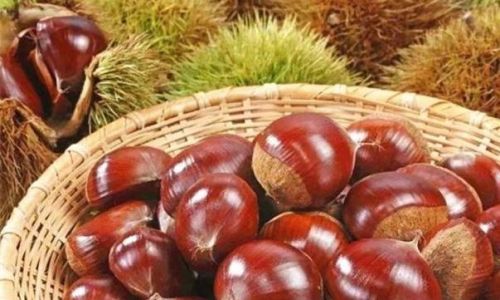
Dried chestnuts have a concentrated flavor and can be stored for longer periods without refrigeration. However, the drying process alters their texture, making them更适合用于cooking rather than eating raw.
-
Air-Drying: Spread the chestnuts in a single layer on a tray in a well-ventilated, cool, and dark place. This method can take several weeks and requires regular monitoring to prevent mold.
-
Dehydrator: Using a food dehydrator is faster and more controlled. Set the temperature to around 125-135°F (52-57°C) and dry the chestnuts until they are brittle but not overly hard. This usually takes 8-12 hours.
-
Storage: Store dried chestnuts in an airtight container in a cool, dark place. They can last for several months but should be checked regularly for signs of moisture or mold.
Vacuum Sealing
Vacuum sealing removes oxygen from the storage environment, slowing down the oxidation process and extending the shelf life of fresh chestnuts.
-
Preparation: Ensure the chestnuts are completely dry before vacuum sealing. You can use either peeled or unpeeled nuts.
-
Vacuum Sealing: Place the chestnuts in a vacuum-seal bag and remove all air using a vacuum sealer.
-
Storage: Store the vacuum-sealed bags in the refrigerator for short-term storage (up to 3 months) or in the freezer for long-term storage (up to a year).
Canning
Canning is less common for chestnuts but can be an effective preservation method, particularly if you plan to use the nuts in cooked dishes.
-
Preparation: Peel the chestnuts and boil them in a syrup made from water and sugar (or honey) until tender.
-
Canning Process: Pack the cooked chestnuts into clean, sterile jars, leaving headspace for expansion. Process the jars in a boiling water canner for the appropriate time based on jar size (usually around 30-45 minutes for pint or quart jars).
-
Storage: Store canned chestnuts in a cool, dark place. Once opened, they should be refrigerated and used within a few days.
Monitoring and Maintenance
Regardless of the storage method chosen, regular monitoring is essential to ensure the chestnuts remain fresh and free from spoilage.
-
Check for Signs of Spoilage: Look for mold, discoloration, or off odors. Discard any nuts that show signs of spoilage.
-
Control Humidity and Temperature: Maintain consistent storage conditions to prevent moisture accumulation and temperature fluctuations.
-
Use First-In, First-Out Principle: Rotate your stock, using the oldest chestnuts first to minimize waste.
Conclusion
Preserving fresh raw chestnuts requires careful attention to detail and an understanding of the nuts’ unique storage needs. By following the methods outlined in this guide—refrigeration, freezing, drying, vacuum sealing, and canning—you can enjoy the delicious flavor and nutritional benefits of chestnuts throughout the year. Each method offers its own benefits and suitability depending on your storage needs and preferences. With proper care and maintenance, you can ensure that your fresh raw chestnuts remain a delightful and nutritious addition to your culinary repertoire.

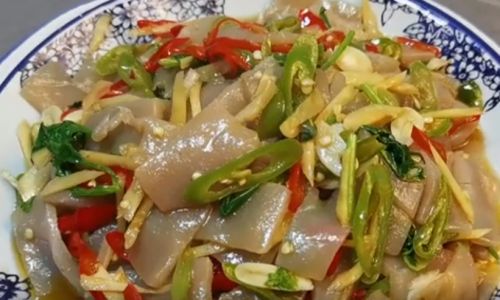
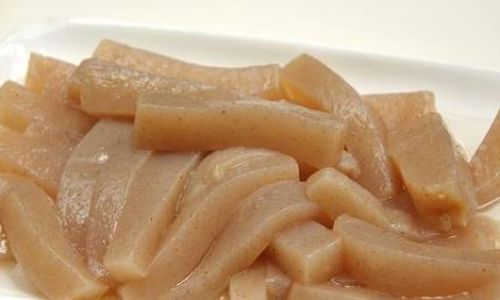
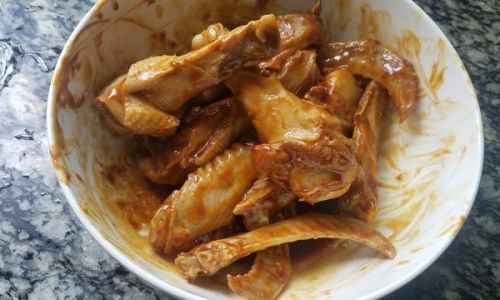
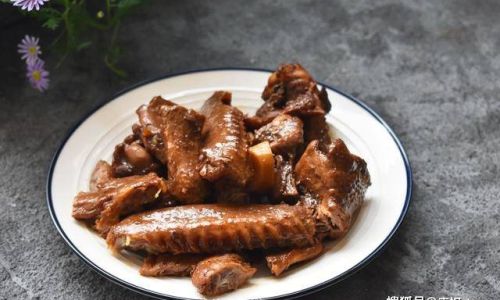

0 comments